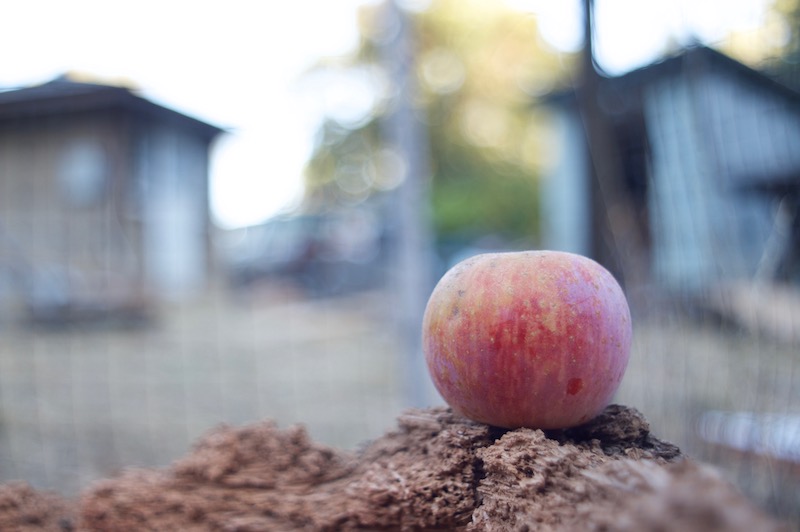I now have a video action cam that produces decent video, so expect more run and gun content to fill in spaces between more involved productions. This one is on reworking a small apple tree to 21 new varieties. Of the various missions I’m on, promoting multigrafted trees is one of my oldest and dearest. I hear back from people all the time now who are grafting frankentrees and trading scions. This tiny tree easily took these 21 varieties placed as well spaced laterals, each with plenty of room to grow. And that is with one branch basically missiong which would have added another 4 or so. As the tree grows out it will create opportunity for more additions and 25 to 30 will fit very comfortably.
I hope someday people think of multigrafted trees as normal and accessible. They are so much fun and offer so much opportunity for customization. A chicken in every yard and a frankentree next to every garage.









